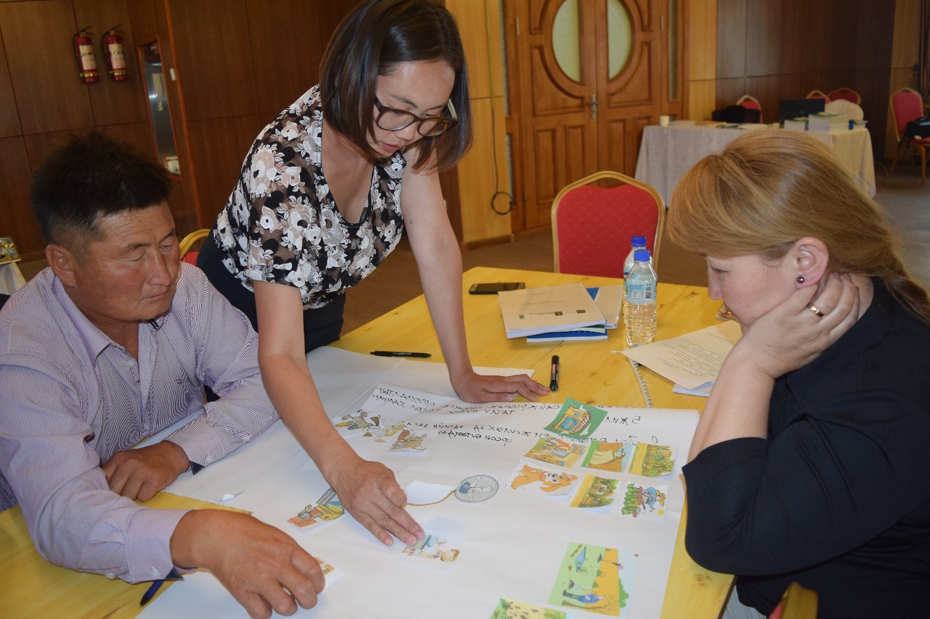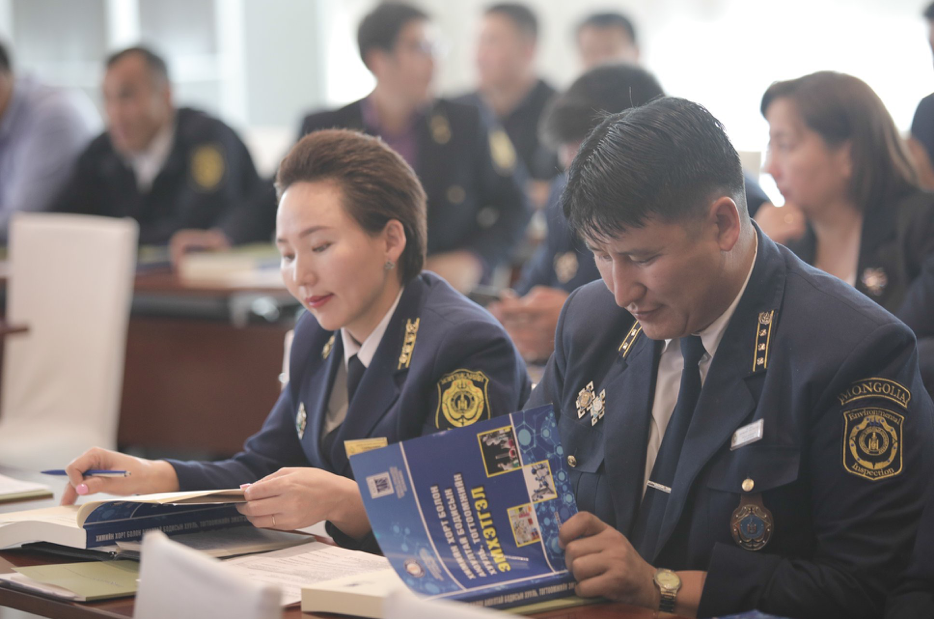Environmental Governance for Sustainable Natural Resource Management (SEPA EGP)
Project Summary
Mining plays a major role in the Mongolian economy. In framework of the state policy to support export-oriented economy, the mining industry has been defined as the leading economic sector of Mongolia and it reached its highest growth during 2009-2012. With such growth of the sector, environmental governance and sustainable natural resource management in line with human rights and rule of law principles remain a key challenge for the country. The environmental and social harms related to mining remain a major challenge to local communities. Mechanisms for enforcement of the environmental regulations in the mining sector are not strong enough and do not reflect fully rule of law and human right principles. There is a lack of meaningful participation, collaboration and mutual responsibility of stakeholders, including state, business, civil society and local communities, in broader process of decision-making in the mining sector. The all level stakeholders lack sufficient knowledge and capacity on environmental management instruments and tools to implement environmental governance and sustainable natural resource management in the mining sector.
Project Objectives
The Environmental Governance Programme (EGP) for Sustainable Natural Resource Management is a joint initiative of the Swedish Environmental Protection Agency and the United Nations Development Programme to support countries to integrate environment and human rights into the governance of the mining sector. The programme works at the global and regional level to support the exchange of innovative policy approaches within and across countries and regions. Using the nexus between the environment and human rights as a lens, the EGP takes an integrated approach to sustainable natural resource management, that focuses on addressing the drivers of conflict, environmental degradation, inequality, exclusion, and poverty simultaneously.
The EGP aims to assist countries in advancing their efforts to meet national commitments under global environmental agreements, including Principle 10 of the Rio Declaration, and international human rights frameworks while accelerating progress towards the Sustainable Development Goals (SDGs).
For more information, please visit the global EGP website.
The interventions are structured around five complementary outcome areas linked to the underlying root causes of the challenges and governance gaps in the sector:
- Participation: Strengthen participation in decision making and monitoring and better access of affected communities to information, justice and remedy.
- Knowledge: Contribute to including the views and realities of people living in poverty and marginalization in reducing the knowledge gap and strengthen the research-policy interface to improve the quality and inclusiveness of decision-making.
- Innovation: Promote innovative solutions and new partnerships through bottom up identification and dissemination of experiences of addressing environmental, human rights and sustainability challenges.
- Coherence: Foster the coherence of policies influencing the environment and mainstreaming of human rights in environmental governance; and integrate environment in mining policies and interrelated policy frameworks to improve the effectiveness of legal and policy frameworks.
- Implementation: Improve implementation of national and international policies, frameworks, laws and regulations for environmental sustainability.
Training on Chemicals and Waste Management in the in the Mining Sector for the state inspectors of environment, mining and geology from 21 provinces, November, 2019, Ulaanbaatar, Mongolia
Expected results
In Mongolia, the EGP supports the government and civil society in improving environmental and social outcomes of the mining sector focusing on the following key result areas:
Key result area 1: Improvement of environmental regulatory framework and enforcement mechanisms through strengthening of rule of law and human rights principles in the mining sector;
- Baseline legal assessments conducted, including a Rule of Law in Public Administration of the Mining Sector (ROLPAM), Legality Assessment on Environmental Law Enforcement in the Mining Sector and Impact Assessment of the National Programme of Flourite;
- Human Rights Impact Assessment in Tavan Tolgoi Coal Cluster Deposits conducted and submitted to the policy makers;
- Human rights field monitoring inspections and advocacy conducted;
- Amendments to the Law on Environmental Protection, Law on Environmental Impact Assessment, Land Law and the Law on Special Protected Areas prepared and submitted to the relevant Ministries and agencies.
Key result area 2: Support meaningful participation, collaboration and mutual responsibility of the stakeholders in broader process of decision making to decrease social inequality, environmental degradation and human rights violations;
- Participatory Environmental Monitoring model piloted in the mining sector for inclusive decision making;
- Responsible Mining Benchmark for the industry self-monitoring and compliance with international standards developed for scaling-up through the industry;
- Interagency coordination mechanism for participatory decision making and environmental governance in the mining sector established;
- Joint participatory environmental monitoring trips to the mining affected sites conducted;
Key result area 3: Capacity development of the key stakeholders for better management of the natural resources;
- Inventory of damaged and abandoned land by mining operations conducted where relevant partners trained and techniques provided;
- Professional training courses to strengthen the stakeholders’ capacity on sustainable natural resource management organized;
- Guidelines and handouts for strengthening environmental governance in the mining sector for usage of the stakeholders produced,
- E-learning tools for the law enforcement officials produced;

 Locations
Locations

